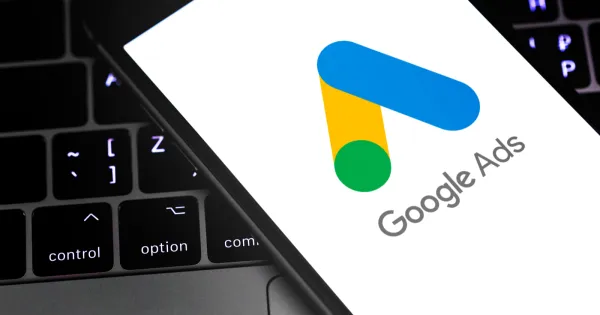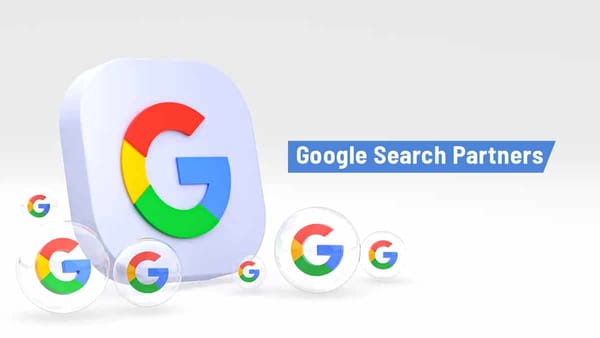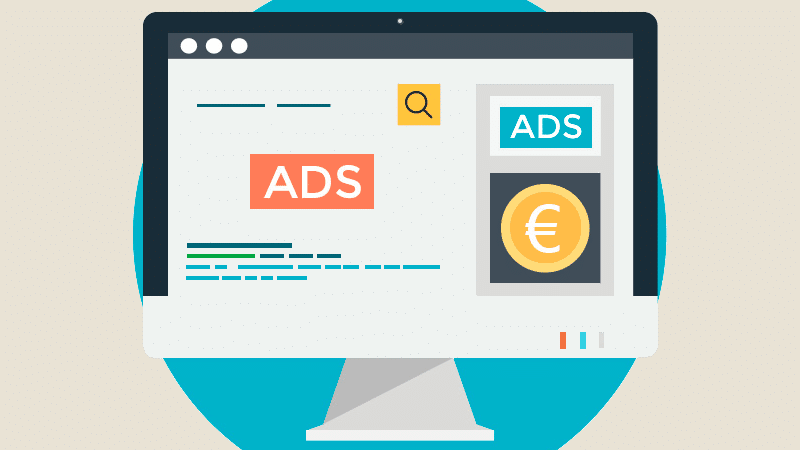Can Web Design Be Replaced by AI? Exploring the Future of Website Creation

Introduction
The rapid development of Artificial Intelligence (AI) has made waves across various industries, from healthcare to finance, and now it is also making its mark in the field of web design. As AI technologies evolve, there’s growing speculation about whether web design, traditionally a creative and human-driven process, can be fully replaced by AI. In this article, we will explore how AI is transforming web design, the potential for AI to replace human designers, and the limitations and benefits of this technological advancement.
The Rise of AI in Web Design
AI has made its way into web design tools and platforms, offering designers automated processes to speed up tasks and enhance their workflow. AI-based platforms like Wix ADI (Artificial Design Intelligence) and Bookmark’s AiDA are already enabling users to create websites by simply inputting basic information, allowing the AI to automatically generate design layouts, color schemes, and content placement.
AI in web design focuses primarily on tasks such as:
- Automated Layout Creation: AI tools can generate website layouts based on user preferences, industry standards, and best practices.
- Content Customization: AI can suggest or even generate text, images, and other content tailored to the website's audience.
- A/B Testing: AI can automatically test different design elements and suggest changes based on user behavior and engagement metrics.
- SEO Optimization: AI tools can optimize websites for search engines by analyzing keywords, meta tags, and other factors to improve search rankings.
These innovations demonstrate the increasing reliance on AI for tasks that were traditionally done manually by designers. However, does this mean that AI will eventually replace web designers altogether?
Can AI Fully Replace Web Designers?
While AI tools have certainly revolutionized the way websites are designed and built, the role of a web designer involves much more than just creating layouts and inserting content. Here are several reasons why AI may not fully replace web designers anytime soon:
- Creativity and Human Touch:
Web design is a creative process that involves understanding the client’s brand, vision, and target audience. A designer uses intuition, artistic skill, and emotional intelligence to create a design that resonates with users. While AI can generate designs based on patterns, it lacks the creativity and emotional understanding that a human designer brings to the table. For example, crafting a unique brand identity or creating an engaging user experience requires creativity that is hard to replicate by an algorithm. - Personalization and Customization:
Every business and website has unique requirements that demand a tailored approach. AI tools are great for automating simple and repetitive tasks, but they cannot fully understand the nuances of a specific brand’s goals or vision. Customizations that reflect a company's personality, ethos, and target market still require human input and intuition. - User Experience (UX) Design:
UX design is one of the most important aspects of web design, focusing on how users interact with a website. While AI can analyze user data and suggest optimizations, human designers are better at understanding the emotional and psychological factors that influence user behavior. Creating a seamless, enjoyable, and effective user experience is more complex than just algorithms—designers must account for cultural, emotional, and cognitive differences to ensure usability. - Collaborative Process:
Web design is often a collaborative effort between designers, developers, content creators, and clients. Human designers communicate with clients to understand their needs and visions, incorporating feedback throughout the design process. AI tools, while efficient, lack the interpersonal and communication skills necessary to handle these dynamic, human-driven aspects of web design.
The Role of AI in Enhancing Web Design
Even though AI may not fully replace web designers, it can certainly enhance the design process in various ways. AI can serve as a valuable tool for designers, providing them with more time to focus on creative and strategic aspects. Some of the benefits of integrating AI into web design include:
- Increased Efficiency:
AI can automate repetitive tasks like generating layouts, suggesting color schemes, or creating content, allowing designers to work faster and focus on more complex design challenges. - Data-Driven Insights:
AI tools can analyze vast amounts of data, offering insights into user behavior, preferences, and trends. Designers can leverage this information to create more effective and user-centered designs. - A/B Testing and Optimization:
AI can conduct A/B testing automatically, presenting designers with real-time results about which design elements resonate best with users. This reduces the time needed for testing and optimization and leads to better user engagement. - Cost-Effective Solutions:
For small businesses or individuals who cannot afford a professional designer, AI-powered website builders offer a cost-effective solution. These tools can create professional-looking websites quickly and efficiently at a fraction of the cost.
AI’s Limitations in Web Design
Despite its advantages, AI still has several limitations in the field of web design:
- Lack of True Creativity:
While AI can generate designs, it cannot innovate or think outside the box like a human designer can. True creativity, such as crafting original design concepts and coming up with groundbreaking ideas, remains a human domain. - Inability to Understand Context:
AI might generate designs based on trends and patterns, but it cannot fully understand the context of a specific business or audience. Human designers can take into account the company’s mission, values, and target audience in a way that AI cannot replicate. - Ethical and Cultural Sensitivity:
Web design often involves understanding cultural and ethical nuances to avoid offense or misrepresentation. AI tools might miss these subtle yet important aspects, whereas human designers have a better understanding of global and cultural contexts.
The Future of Web Design with AI
While AI is unlikely to replace web designers entirely, it is certainly changing the landscape of web design. Rather than replacing designers, AI will act as a powerful tool that enhances their work. By automating repetitive tasks, providing data-driven insights, and offering creative suggestions, AI allows designers to focus on higher-level creative tasks and design strategy.
In the future, we can expect more collaboration between human designers and AI tools. Designers will leverage AI to create more effective, data-backed designs, while maintaining the creative and emotional elements that only humans can bring. Ultimately, AI will complement human design expertise rather than replace it.
Conclusion
AI is undoubtedly transforming the field of web design, making it easier and faster to create websites with automated processes and data-driven insights. However, the unique creativity, customization, and understanding that human designers bring to the table cannot be replicated by AI. Web design is not just about creating visually appealing layouts—it’s about understanding human behavior, emotions, and business goals, which still requires a human touch.
AI will undoubtedly continue to play an important role in the web design process, but it is unlikely to completely replace human designers. Instead, it will empower them to work more efficiently and effectively, allowing for a more seamless collaboration between humans and machines in the future.




